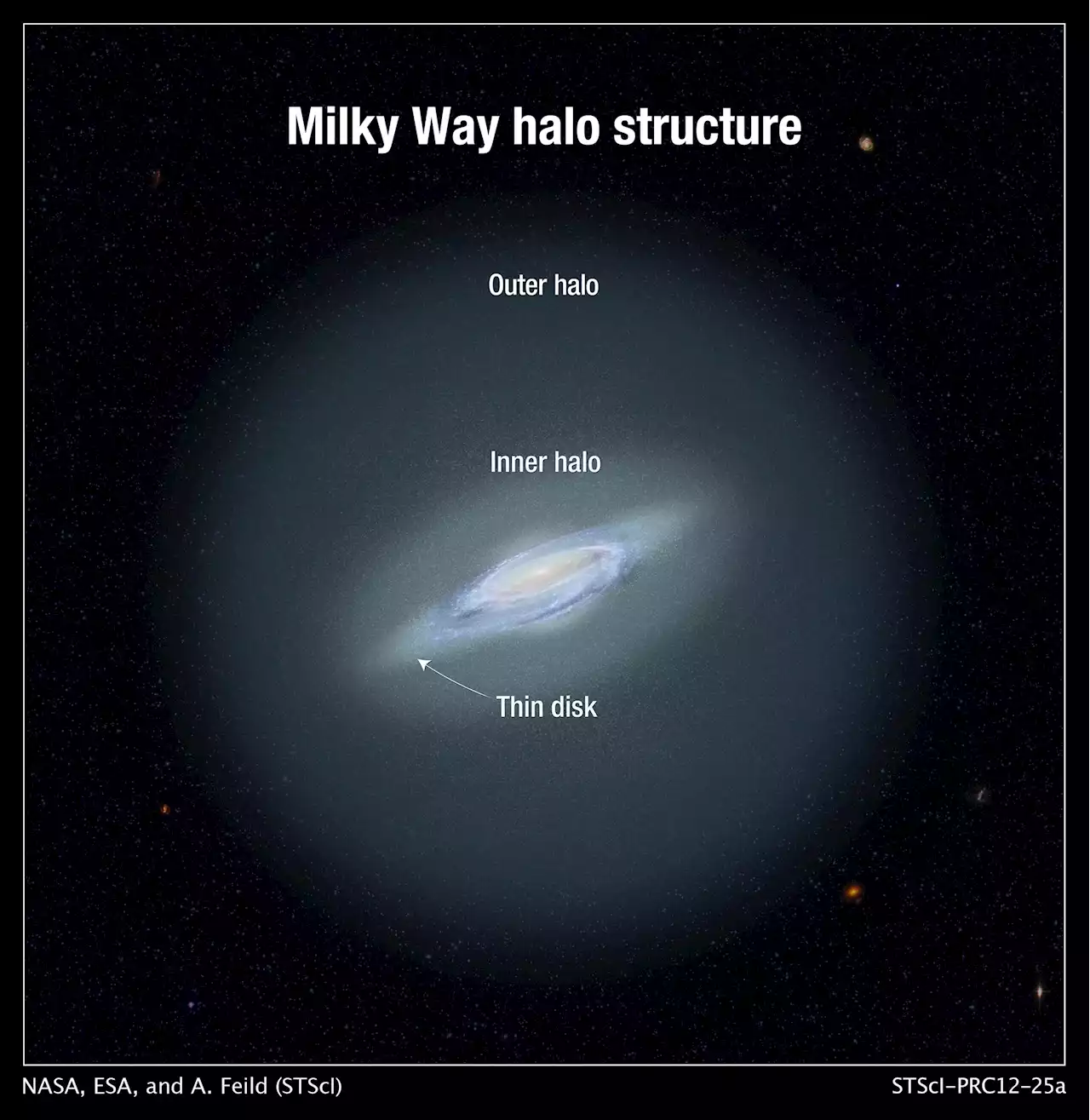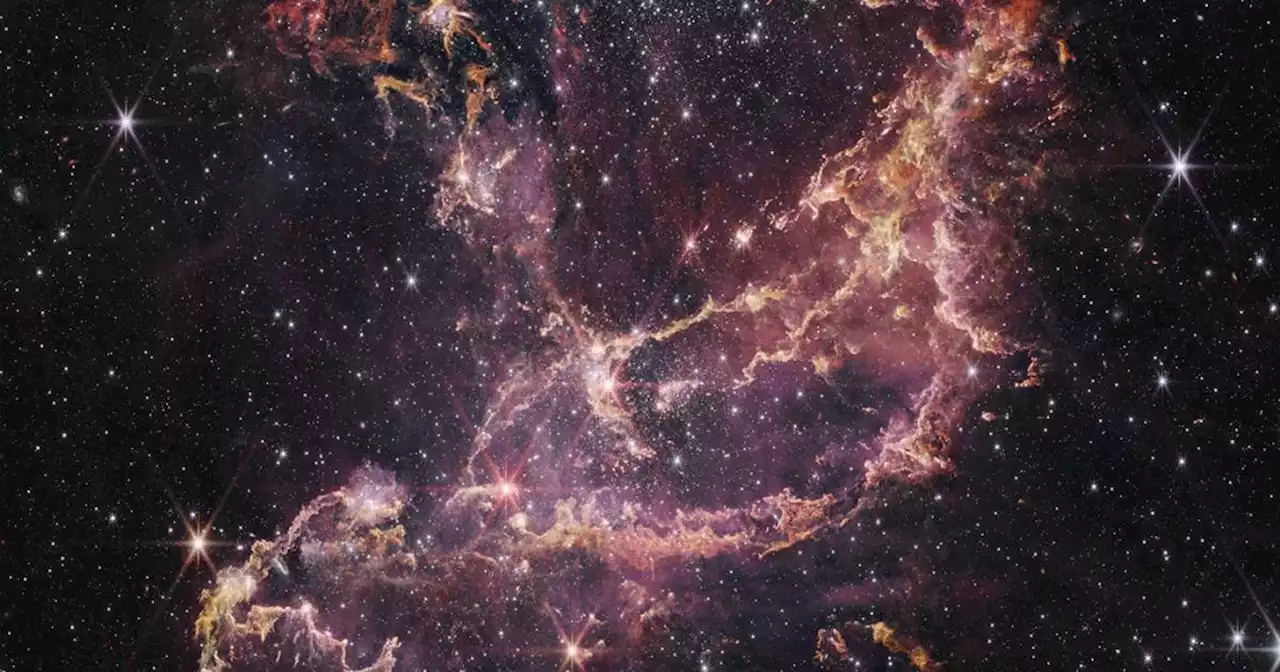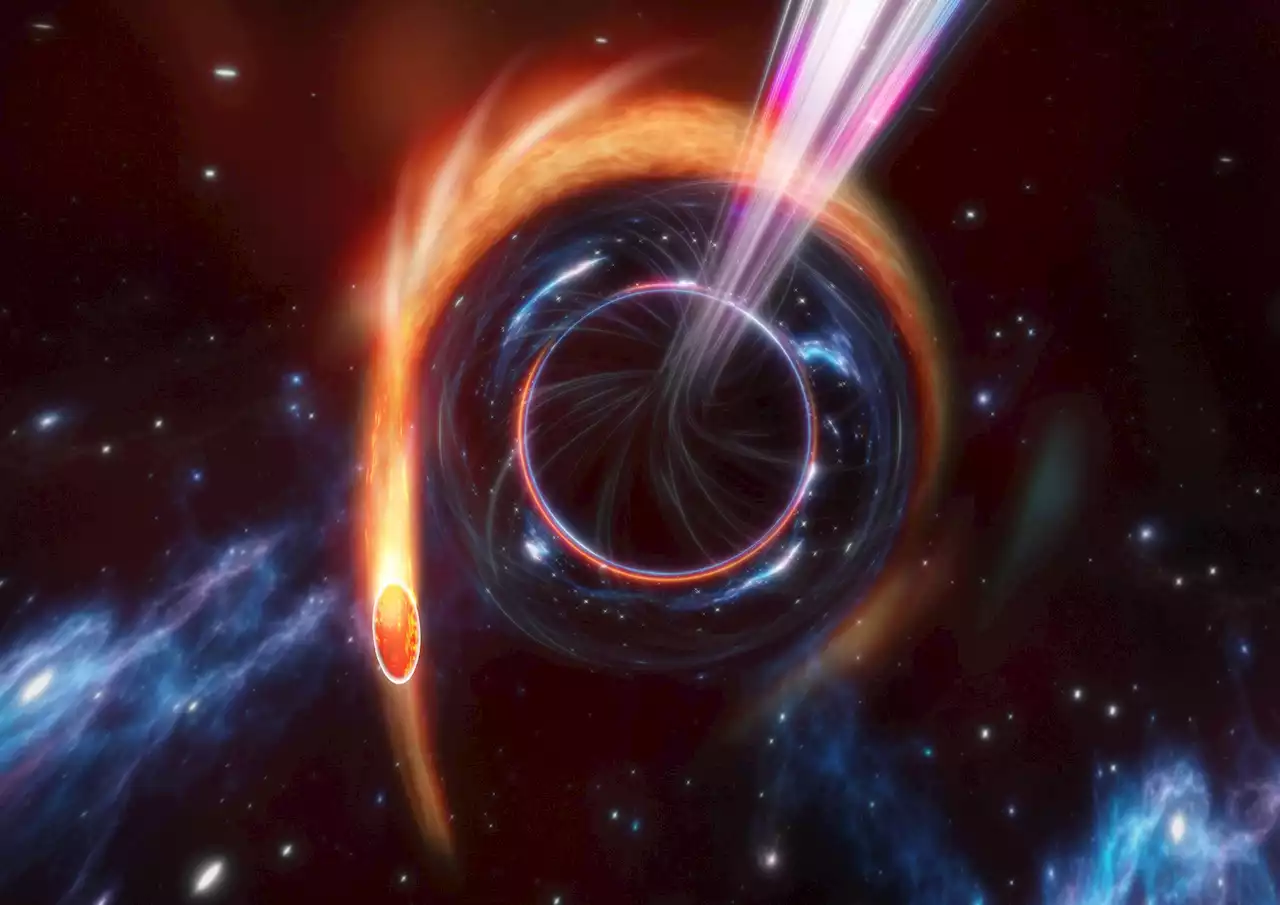It is the most distant atomic hydrogen radio signal 'by a large margin' and it could teach us a great deal about star formation.
, detected the faint signal using a combination of theGravitational lensing occurs when a massive object, such as a galaxy cluster, causes spacetime to curve around it. This curvature acts like a lens for passing light and magnifies distant galaxies, stars, and signals, meaning they can be more easily detected from Earth.
The hydrogen line is extremely weak, and current telescope technology has been able to detect it 4.1 billion light-years away. That's a relatively small distance, given the fact that atomic hydrogen is one of the key ingredients for star formation and is thought to have been abundant in the early universe.The new detection more than doubles the distance. The statement points out the fact that "the signal detected by the team was emitted from this galaxy when the universe was only 4.
Atomic hydrogen is the basic fuel required for star formation. It is formed when hot ionized gas surrounding a galaxy cools down. The atomic hydrogen then becomes molecular hydrogen which then goes on to play a crucial role in star formation. The role atomic hydrogen plays in the formation of stars and solar systems means the discovery could prove valuable for scientists looking to better understand the universe's evolution over different cosmological epochs.
Yashwant Gupta, the Center Director at the National Centre for Radio Astrophysics in India, said, "detecting neutral hydrogen in emission from the distant Universe is extremely challenging and has been one of the key science goals of GMRT. We are happy with this new path-breaking result with the GMRT and hope that the same can be confirmed and improved upon in the future."
The team behind the record-breaking atomic hydrogen signal detection also observed that the atomic hydrogen mass in its galaxy is almost double that of its stellar mass. The observation shows the great potential for cataloging distant galaxies and unveiling the mysteries of the early universe using existing and future low-frequency radio telescopes.
United States Latest News, United States Headlines
Similar News:You can also read news stories similar to this one that we have collected from other news sources.
 Astronomers Find the Most Distant Stars in Milky Way’s Halo – Over 1,000,000 Light Years AwayA search for variable stars called RR Lyrae has found some of the most distant stars in the Milky Way’s halo a million light years away. Astronomers have discovered more than 200 distant variable stars known as RR Lyrae stars in the Milky Way’s stellar halo. The most distant of these stars are mo
Astronomers Find the Most Distant Stars in Milky Way’s Halo – Over 1,000,000 Light Years AwayA search for variable stars called RR Lyrae has found some of the most distant stars in the Milky Way’s halo a million light years away. Astronomers have discovered more than 200 distant variable stars known as RR Lyrae stars in the Milky Way’s stellar halo. The most distant of these stars are mo
Read more »
 Astronomers found a rare star that was eclipsed for 7 yearsAstronomers detected a rare star eclipse, where one star was masked by dust from its companion in a binary system.
Astronomers found a rare star that was eclipsed for 7 yearsAstronomers detected a rare star eclipse, where one star was masked by dust from its companion in a binary system.
Read more »
 James Webb captures image of star formation in nearby galaxy | Digital TrendsA stunning new image from James Webb is also leading astronomers to rethink their theories about how stars and planets could have formed in the early universe.
James Webb captures image of star formation in nearby galaxy | Digital TrendsA stunning new image from James Webb is also leading astronomers to rethink their theories about how stars and planets could have formed in the early universe.
Read more »
 NASA's Hubble Space Telescope records black hole contorting star into donut shapeNASA announced that astronomers had used the Hubble Space Telescope to record a star's final moments as it was violently ripped apart and eaten up by a black hole.
NASA's Hubble Space Telescope records black hole contorting star into donut shapeNASA announced that astronomers had used the Hubble Space Telescope to record a star's final moments as it was violently ripped apart and eaten up by a black hole.
Read more »
 Black Hole Violently Tearing Apart a Star Unleashes Rare Luminous Jet of MatterAstronomers at the Swinburne University of Technology have played an important role in the discovery of a rare luminous jet of matter traveling close to the speed of light, created by a supermassive black hole violently tearing apart a star. Published in the journal Nature, the research brings astro
Black Hole Violently Tearing Apart a Star Unleashes Rare Luminous Jet of MatterAstronomers at the Swinburne University of Technology have played an important role in the discovery of a rare luminous jet of matter traveling close to the speed of light, created by a supermassive black hole violently tearing apart a star. Published in the journal Nature, the research brings astro
Read more »
 Astronomers found a rare star that was eclipsed for 7 yearsAstronomers detected a rare star eclipse, where one star was masked by dust from its companion in a binary system.
Astronomers found a rare star that was eclipsed for 7 yearsAstronomers detected a rare star eclipse, where one star was masked by dust from its companion in a binary system.
Read more »
